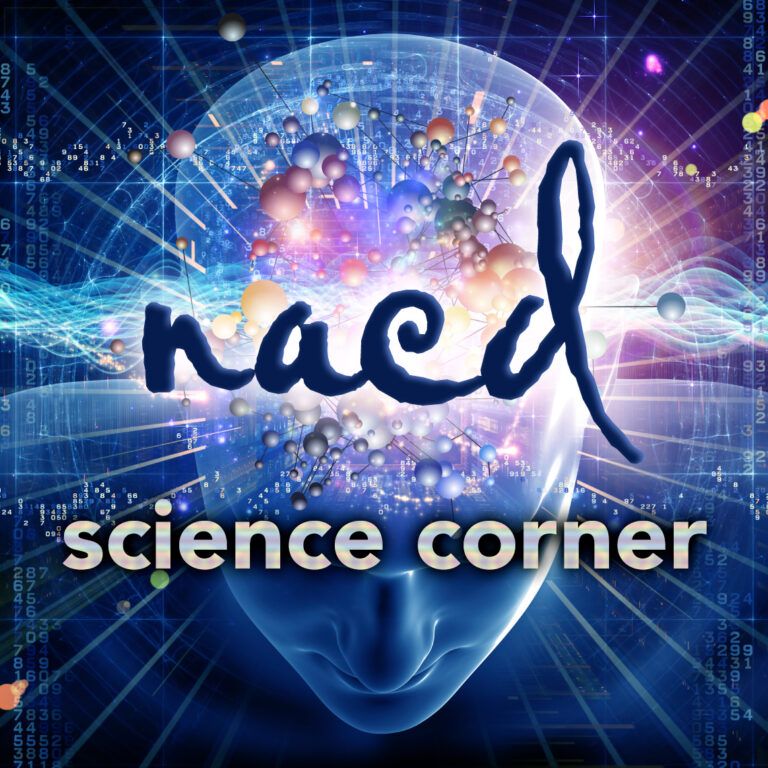Science Corner Vol. 6 – Optimal Outcome for a Diagnosis of Autism
Historically, it has not been considered a “realistic” goal in the mainstream world for a child with autism to ever lose their diagnosis, let alone lose all the symptoms of Autism Spectrum Disorder and move completely into the non-autistic range of normal social interaction and communication. Although much recent research has documented individuals with ASD…





